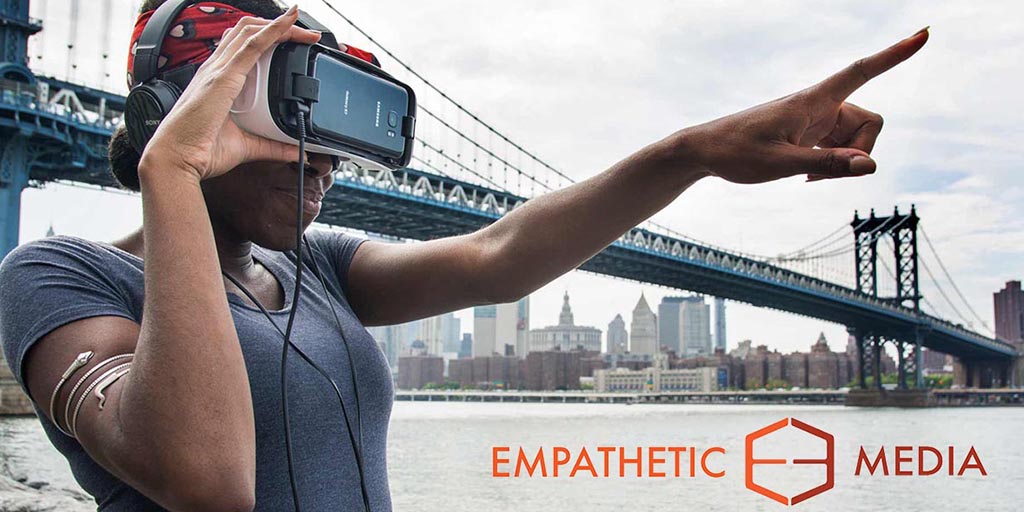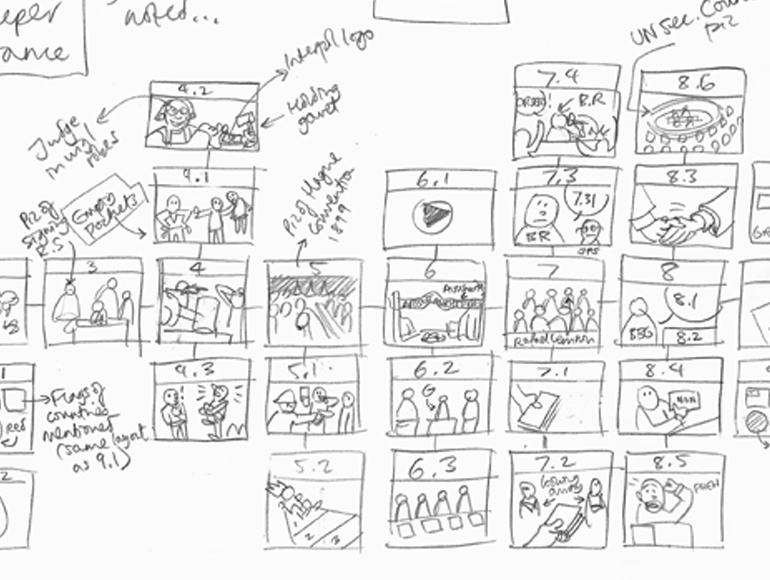Empathetic Storytelling
What does good, empathetic storytelling look like in the age of digitally augmented virtual reality? It might look a little like good, empathetic storytelling a century or two ago. Enveloping, enrapturing, and interactive.
Despite my misgivings about an increasingly post analog world, I’m intrigued with the possibilities for immersive, audience-centric storytelling that technology is enabling. And it looks like Empathic Media (@empatheticmedia) in Brooklyn just might be one of the players to watch…
We believe that the combination of experiential, first-person storytelling approaches with virtual reality, 360 video, augmented reality and graphic journalism is the key to fostering empathy between storytellers and their subjects. (Source: Empathetic Media)
I’m onboard with “experiential, first-person storytelling”, but I have to admit that reading aloud, “virtual reality, 360 video, augmented reality and graphic journalism”, leaves a slightly tinny taste in my mouth. I take a swig of water, but it doesn’t quite wash away the acrid, faintly metallic aftertaste.
Good, empathetic storytelling liberates the story… allows the narrative to reinvent itself across media and across realities.
As it matures, it evolves. Maybe it mingles with other narratives. Maybe it’s a loner. But if it endures, it likely assumes many mantles.
Good, empathetic storytelling liberates the story from its book, its film, its song, etc. Good, empathetic storytelling allows the narrative to reinvent itself across media and across realities. And I suppose that digitally augmented virtual reality is just another mode, just another mantle, just another reinvention that vitalizes the story and [possibly] expands its accessibility. And yet, I’m skeptical that it is “the key to fostering empathy between storytellers and their subjects.” The key? I suspect there are many keys!



